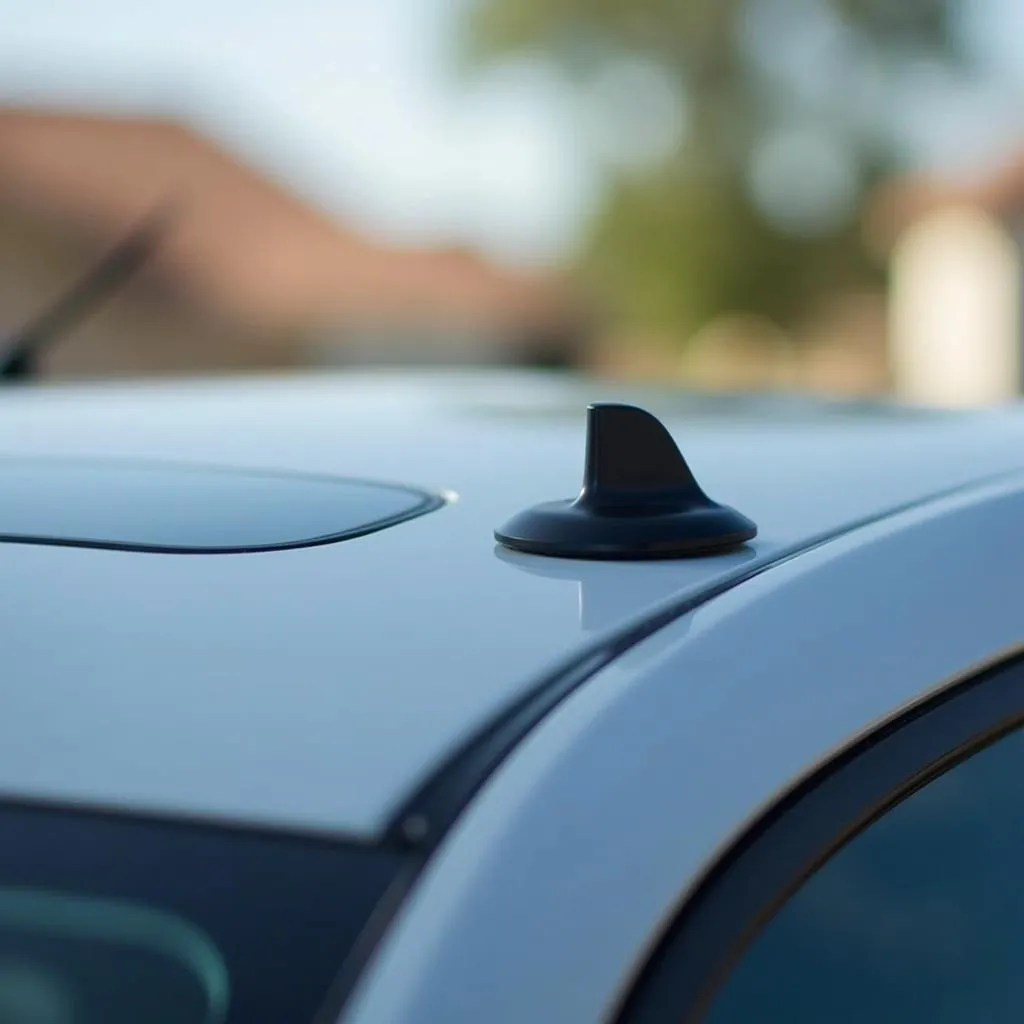Want to enjoy hundreds of channels of music, news, sports, and more, no matter where the road takes you? Installing satellite radio in your car can seem daunting, but it might be easier than you think. Whether you’re comfortable with basic car electronics or prefer to leave it to the pros, this guide will give you the rundown on getting that satellite sound pumping through your speakers.
Understanding Satellite Radio and Your Car
Before diving into installation, let’s demystify satellite radio and how it integrates with your vehicle. Unlike traditional radio, which relies on terrestrial towers with limited range, satellite radio beams signals from space, providing coast-to-coast coverage. This means uninterrupted listening pleasure even on long road trips.
To receive these signals, your car needs a few key components:
- Satellite radio receiver: This device picks up the satellite signals and converts them into an audible format for your car stereo.
- Satellite radio antenna: This specialized antenna mounted on your vehicle’s exterior is designed to receive satellite signals.
- Subscription: Satellite radio is a subscription-based service, so you’ll need to sign up with a provider like SiriusXM.
 Installing a satellite radio receiver in a car
Installing a satellite radio receiver in a car
Common Satellite Radio Installation Challenges
While the concept of satellite radio is simple, the installation process can present some common challenges:
- Car Compatibility: Not all vehicles are created equal when it comes to satellite radio integration. Older models may not have the necessary wiring or dashboard space for a seamless installation.
- Wiring Complexity: Depending on your car’s make and model, routing the wiring for the receiver and antenna can be tricky, requiring some disassembly of interior panels.
- Antenna Placement: The satellite radio antenna needs a clear line of sight to the sky for optimal reception. Finding the best mounting location on your vehicle can require some experimentation.
Troubleshooting Satellite Radio Issues
Sometimes, even with a proper installation, you may encounter issues with your satellite radio. Here are some common problems and how to address them:
Problem: No signal or poor reception.
Solution: Check the antenna connection and ensure it’s mounted securely with a clear view of the sky. If the problem persists, there might be an issue with the antenna itself or the receiver’s connection to the antenna.
Problem: Sound cutting out intermittently.
Solution: This could be due to loose wiring connections. Inspect all connections between the receiver, antenna, and car stereo.
Problem: Satellite radio not working after a car battery replacement.
Solution: Some satellite radio systems need to be reactivated after a power loss. Check your provider’s website or contact their customer service for assistance.
 Car satellite radio antenna mounted on the roof
Car satellite radio antenna mounted on the roof
Professional vs. DIY Installation
Now the big question: should you tackle the installation yourself or call in the pros?
DIY Installation:
- Pros: Save money on labor costs.
- Cons: Requires some technical skills and patience. May void car warranty if not done correctly.
Professional Installation:
- Pros: Ensures proper installation and minimizes the risk of damage to your vehicle’s electronics. Many installers offer warranties on their work.
- Cons: More expensive than DIY.
If you’re comfortable with car electronics and have experience working with wiring, a DIY installation might be manageable. However, if you’re unsure about any aspect of the process, it’s always best to err on the side of caution and have a professional handle it. For more complex car electronic issues, seeking help from a specialist in remote diagnostics, programming, and software installation can save you a lot of time and potential frustration.
FAQs About Satellite Radio Installation
Q: Can I install satellite radio in any car?
A: While many cars are compatible with satellite radio, some older models may lack the necessary wiring or space for installation. It’s best to check your car’s manual or consult with a professional installer.
Q: How much does it cost to have satellite radio installed professionally?
A: Professional installation costs can vary depending on your location, the complexity of the installation, and the installer’s rates. To get an accurate estimate for your vehicle, it’s recommended to contact local car audio installation shops or dealerships. You can also check out online resources like Cardiagtech for more information about car audio installation services.
Q: Do I need a special antenna for satellite radio?
A: Yes, satellite radio requires a specialized antenna designed to receive signals from orbiting satellites. These antennas are typically small and can be mounted on the roof or trunk of your vehicle.
Q: Can I transfer my satellite radio subscription to a new car?
A: In most cases, yes. Satellite radio providers like SiriusXM allow you to transfer your subscription to a new vehicle, often for a small fee or as part of their service plans. You may need to contact their customer service to initiate the transfer process.
 Connecting a satellite radio receiver to a car stereo
Connecting a satellite radio receiver to a car stereo
Enjoy the Ride with Crystal-Clear Audio
Installing satellite radio in your car opens up a world of entertainment options, keeping you company on those long drives and daily commutes. By understanding the basics, considering your options, and following the necessary steps, you’ll be cruising with your favorite tunes in no time. And remember, resources like CARDIAGTECH can provide valuable information and support for all your car audio needs.

